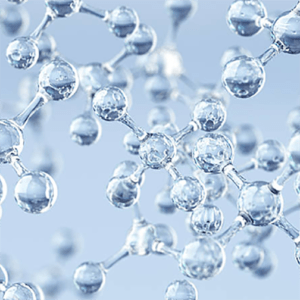 While glass remains one of the most highly studied, inexpensive, and versatile of building products, the reality is it is one of the most puzzling to scientific minds. In fact, not a moment of day goes by that we don’t have some level of contact with architectural glass, whether it be a door, window, enclosure, storefront or curtain wall, and yet we remain totally obvious that it’s a material with a hidden secret. Why? Because it is not a true solid, like a metal for example.
While glass remains one of the most highly studied, inexpensive, and versatile of building products, the reality is it is one of the most puzzling to scientific minds. In fact, not a moment of day goes by that we don’t have some level of contact with architectural glass, whether it be a door, window, enclosure, storefront or curtain wall, and yet we remain totally obvious that it’s a material with a hidden secret. Why? Because it is not a true solid, like a metal for example.
Simply stated, when molten sand (sand, calcium carbonate and sodium carbonate) cools, and is formed into architectural glass, it never quite becomes a true solid. Yes, it has crystalline order like a solid, but its irregular, limited and intertwined with random molecules, as in a liquid. Interesting? Even more so given, that regardless of the formula or additives required for a specific type of glass, or how slow or fast the Liquid Sand cools, it will remain neither a solid nor a liquid.
In summary, while the performance of glass is directly related to its chemical composition and its final configuration, as in the case of laminated glass with aesthetic and designer properties, the material can be best described as frozen supercooled or amorphous solid. Not as organized as a true solid and not as disorganized as a liquid, yet with molecules in imperceptible motion to the naked eye.
